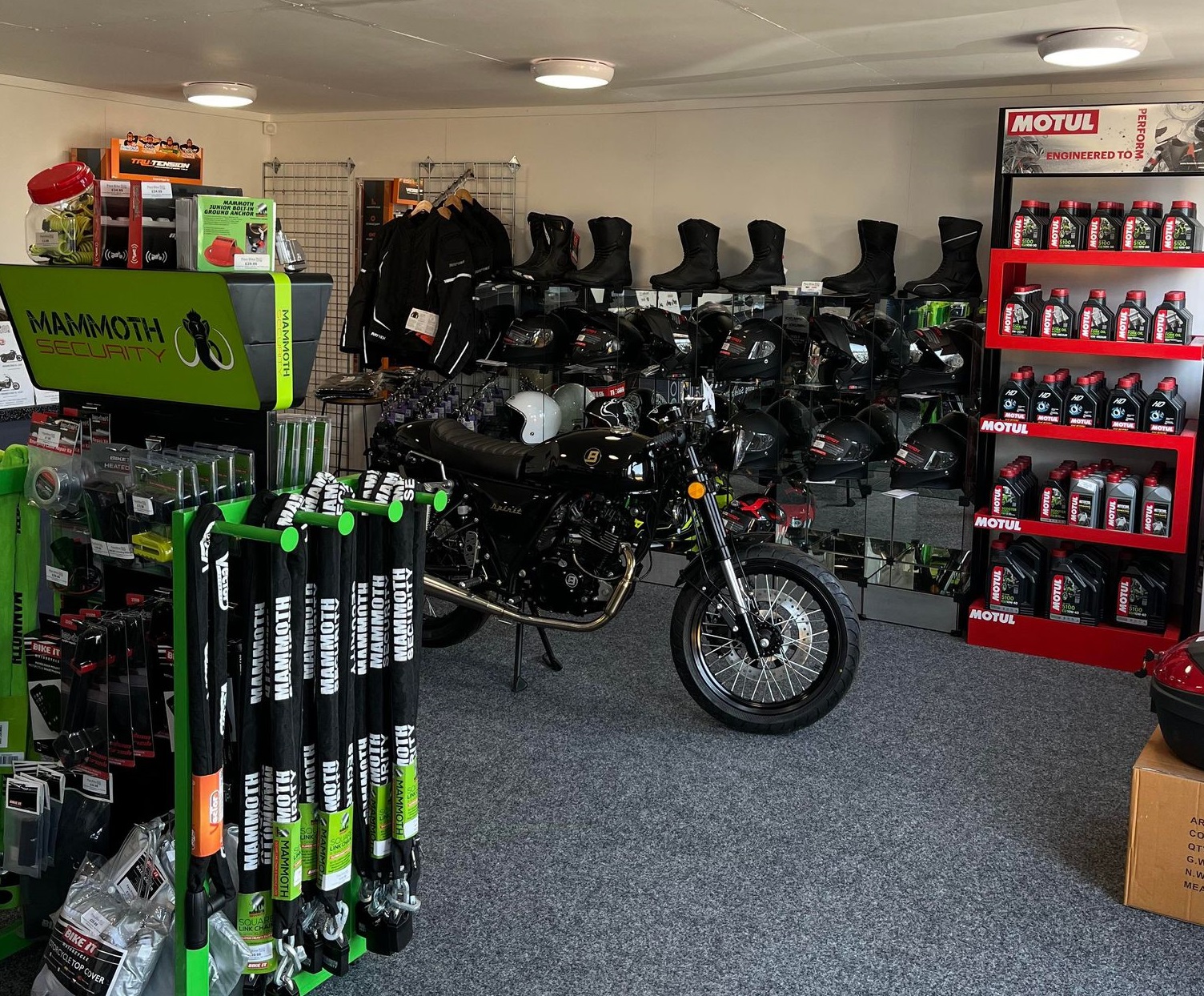Comprehending the Vital Parts of a Bike: A Comprehensive Guide for Lovers
For motorcycle lovers looking to raise their riding experience and ensure their bikes run smoothly, recognizing the essential parts of a motorbike is critical. Each element, from the engine's intricate functions to the essential function of the stopping systems, not just influences efficiency yet also security and convenience. This guide will go through the essential parts that every biker ought to be acquainted with, enabling educated options in both upkeep and prospective upgrades. As we start this exploration, one must ask: just how does each element engage to create the seamless trip every enthusiast looks for?
Engine Elements

The camshaft plays an essential function in regulating the timing of the engine's valves, making certain the accurate opening and closing necessary for effective gas and air intake, in addition to exhaust expulsion. This timing is important to preserving ideal engine performance and efficiency. Furthermore, the carburetor or fuel shot system, relying on the motorbike version, is in charge of mixing air with gas in the right proportion for burning.
The cooling system, either air or liquid-based, works to maintain the engine's temperature within operational limitations, protecting against overheating and making certain long life - motocross gear nz. Each element, diligently designed and incorporated, contributes to the smooth operation of the engine, specifying the motorcycle's power output and total performance
Transmission System
Indispensable to the motorbike's performance, the transmission system makes certain effective power transfer from the engine to the wheels. This system makes up a number of essential elements, including the clutch, gearbox, and final drive, each playing a crucial role in translating the engine's power right into activity. The clutch, normally operated by a hand lever, offers to engage and disengage the engine from the transmission, enabling smooth gear adjustments and regulated acceleration.
The transmission, frequently referred to as the transmission proper, contains a set of equipments that bikers can manually move with to readjust the bike's speed and torque outcome. These equipments are arranged in a sequence that enables the motorbike to increase smoothly and preserve optimal engine performance throughout various speeds. A lot of bikes utilize a sequential transmission, requiring the cyclist to change equipments in an established order.
Braking Devices
While understanding the transmission system is essential to utilizing a bike's power, equally essential is the capability to regulate and stop that power properly, which is where stopping mechanisms enter into play. Brakes are essential for security and performance, providing the biker with the needed control to browse various terrains and conditions. Normally, motorbikes feature two sorts of braking systems: disc brakes and drum brakes.
Disc brakes are a lot more prevalent in modern bikes as a result of their premium performance. They contain a brake disc, caliper, and pads. When activated, the caliper squeezes the brake pads versus the spinning disc, converting kinetic power into warmth, thus slowing the wheel. This system supplies far better warm dissipation, constant performance, and enhanced stopping power, specifically in wet conditions.
Alternatively, drum brakes, though less usual, are still located in some motorcycles. They function by pressing brake footwear versus the inner surface area of a drum affixed to the wheel. While normally less reliable in warm dissipation and quiting power, drum brakes are less complex and extra cost-efficient.
Recognizing these braking systems' subtleties allows cyclists to maintain their motorcycles properly and appreciate the engineering that makes certain reliable and risk-free quiting.
Suspension and Steering
Suspension and steering systems are important parts that substantially influence a motorcycle's handling and experience convenience. The suspension system, being composed of forks at the front and shock absorbers at the rear, takes in roadway abnormalities, boosting security and control. Front forks, inverted or typically telescopic, compress and rebound to alleviate influences, while rear shock absorbers preserve tire contact with the roadway, crucial for grip and security.
Steering, focused around the handlebars, attaches the biker to the motorcycle's directional control. The steering head bearings make sure smooth operation, enabling specific ability to move. Proper placement and maintenance of these bearings are essential for foreseeable guiding feedback and reducing cyclist exhaustion.
The suspension's adjustability is another crucial facet; preload, damping, and rebound settings enable customization to suit different riding designs and problems. This flexibility is vital for enhancing efficiency, whether browsing metropolitan roads or tackling rugged trails. Innovations like electronic suspension systems offer real-time modifications, improving adventure quality across varied terrains.

Electrical Equipments
After making sure a smooth and regulated trip via reliable suspension and steering systems, attention transforms to the electric systems, a critical aspect of modern bikes. These systems play a vital function not just in beginning the engine but also in powering numerous elements that boost the functionality and safety and security of the motorcycle.
At the heart of a motorcycle's electrical system is the battery, which stores electrical power essential for starting the engine and powering auxiliary systems - mx gear nz. The generator or generator, combined with the rectifier-regulator, makes sure the battery stays charged while the bike functions, converting mechanical power into electric energy and preserving voltage levels
The ignition system, an additional crucial element, is accountable for stiring up the air-fuel mix in the engine's cylinders. Modern bikes often make use of an electronic ignition system, providing greater efficiency and integrity contrasted to typical systems.
Lighting systems, right here including headlights, tail lights, and signs, are additionally crucial, guaranteeing presence and security for the motorcyclist. Added digital parts such as sensing units, control systems, and displays add to innovative features like fuel shot administration, anti-lock stopping riding protective jacket systems (ABDOMINAL), and digital dashboards, further boosting the riding experience.
Final Thought
An extensive understanding of a bike's essential parts, including the engine, transmission system, braking devices, suspension, guiding, and electrical systems, is indispensable for fanatics intending to optimize comfort, performance, and safety and security. Mastery of these aspects permits for informed decisions concerning maintenance and upgrades, ultimately enhancing the riding experience. By integrating this expertise, cyclists can guarantee their motorcycles operate at peak performance and dependability, therefore optimizing both satisfaction and longevity of their vehicles.
For motorcycle lovers looking to raise their riding experience and ensure their bikes run smoothly, comprehending the crucial parts of a bike is vital.Indispensable to the bike's performance, the transmission system makes sure effective power transfer from the engine to the wheels.While comprehending the transmission system is find more info essential to utilizing a motorcycle's power, equally essential is the ability to regulate and stop that power effectively, which is where braking devices come into play. Generally, motorcycles include 2 types of stopping systems: disc brakes and drum brakes.
A detailed comprehension of a bike's vital parts, consisting of the engine, transmission system, braking devices, suspension, steering, and electrical systems, is essential for fanatics aiming to optimize performance, comfort, and security.